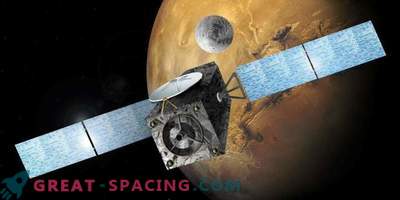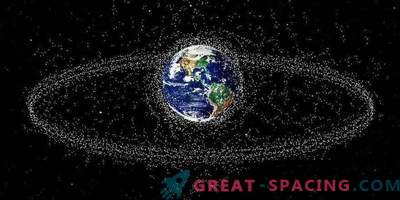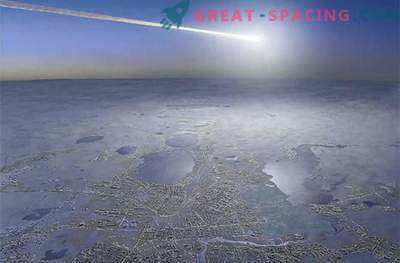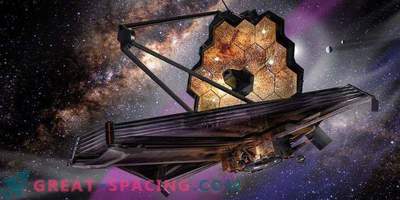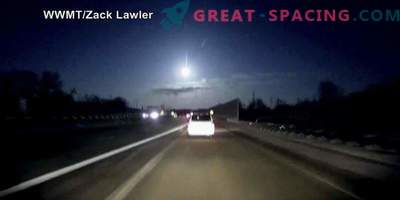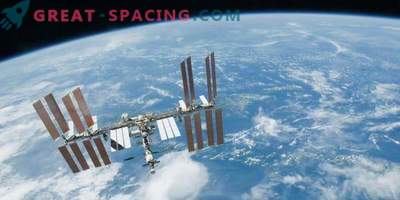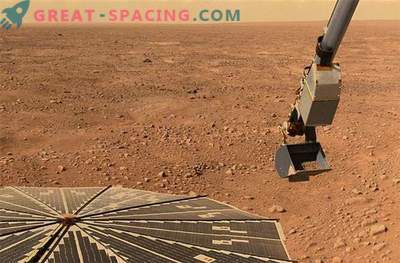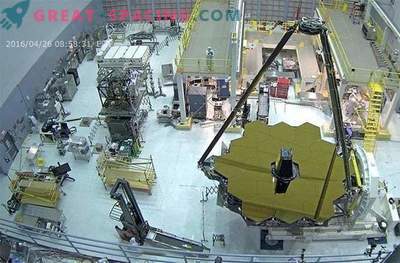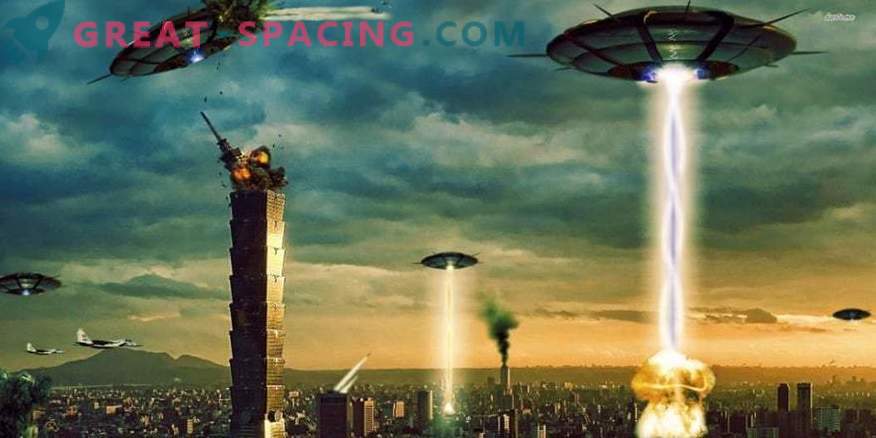
In 1996, the film “Independence Day” was released, where humanity, along with Will Smith, had to face aliens attacking the planet. It has been more than two decades since the release of the film, and we must have real means of protection and fight against alien invaders. So? Well, not quite.
It is important to understand that to protect the Earth you will need something more than Will Smith, Bruce Willis and the Hemsworth brothers. Protection of the planet needs a system for searching and assessing the alien threat, as well as a means of destroying the arrived spacecraft. But we do not have this.

WISE Space Telescope on Earth's Watch
In fact, planetary defense is a real program, part of the space research and development. Here are just these methods aimed at protecting against natural threats, such as asteroids, comets and solar flares. In fact, scientists simply develop methods that will track dangerous space rocks and change their trajectory in time. For this, NASA is constantly improving tracking devices.
For example, the WISE space telescope would allow us to detect an alien fleet of space ships if they were gigantic and moved incredibly slowly. Agree, from a strategic point of view, it is very disadvantageous. In addition, the scientific instrument only monitors the sky. He will not be able to attack the invaders, firing a laser.
Of course, as part of protection against asteroids, several non-standard projects are being developed (such as gravitational capture systems), but they will not help in any way to cope with alien ships. Humanity can only boast of nuclear bombs. Yes, there is nothing better than to launch a nuclear bomb into the sky and hope that it will not touch our troops in any way. In the movies, everything is much easier. But reality you can not just launch a nuclear weapon in an asteroid. The shells will not pierce the stone and will not affect the trajectory of the space rock in any way. However, nuclear weapons can work at the moment of approach of the ships. Near the planet, alien aggregates will slow down and become an excellent target in orbit.
True, if the aliens were able to overcome the distance to us in light years, then they probably are not afraid of some primitive human bombs. It is best to find a way to get inside the ship and blow it apart.
This is where HAIV asteroid interception comes into play. In fact, this is a spacecraft with a nuclear explosive device on board that is capable of blowing an object from the inside. This is a kinetic impactor, making a hole in the object, and a shell for nuclear weapons.

Chart describing how HAIV works
Aeronautical engineer Bong We conceived of HAIV as a potential way to protect the Earth from an asteroid threat. He says that his shell (mass - 1000-2000 kg) moves at a speed of 5 km / s and contains enough kinetic energy to create a hole or crater in an asteroid with a depth of 10 m and a width of - 20 m. The nuclear device will fall into crater after the spacecraft and an explosion will occur.
Wee says that if researchers have time to notice the threat 5 years before their arrival, then humanity will be able to prepare the mission of HAIV. The main thing that the explosion occurred in space outside the lunar orbit. Then less than 0.1% of fragments created will fall into the earth's atmosphere.
It is important to understand that HAIV is created from scratch. Why? The fact is that each model adjusts to the parameters of a particular asteroid. If it is a rock with a diameter of 300 m, then the nuclear impactor should weigh about 1000 kg. If the object is larger or smaller, then the size of HAIV changes. Team V has already received two grants for funding under the program from NASA. Now this concept is additionally investigated by a group of scientists from the space agency and national defense laboratories in order to demonstrate in the near future the real flight of the device (without nuclear weapons, of course).
Wee never explained whether HAIV could be a useful system for protection against aliens. But he said that using nuclear devices is considered the most cost-effective option for protection. In addition, Wee does not seek to speculate on the potential application of HAIV.
But Igor Ashurbeyli does not hesitate to talk about how he plans to repel the attack. The Russian entrepreneur says that he is preparing a proposal to create an armed unmanned space platform in orbit that will monitor activity in outer space and on Earth in order to be able to neutralize any threat.

Artistic vision of URBOCOP
His concept is called “Universal Robotic Space Fighting Platform” or URBOCOP. In essence, it will be an autonomous system, “free from human bias,” which will be able to identify various threats in advance and protect the planet. Ashurbeyli calls solar flares, changes in the Earth’s magnetosphere, asteroids and comets, orbital debris, climatic changes, cosmic rays, and biological threats from space as threats.
Ashurbeyli also believes that the URBOCOP system will be able to protect us from advanced aliens and man-made threats on the surface of the planet. Imagine that the two countries decided to make war by launching rockets at each other. URBOCOP strikes one and stops the missiles before they are airborne. However, the new technology raises too many questions. If she is autonomous, then how to understand that her weapon will not turn against us? Suddenly the system will mistakenly destroy a civilian plane? Is it wise to keep nuclear weapons in orbit in a space platform?
Ashurbeyli is not in a hurry to answer these questions and does not really share the functionality of the URBOCOP. But he tries to make the discussions about the protection of the planet cease to be just talk, and moved to the stage of planning and real development.
Experts do not yet agree on the need to send nuclear weapons into space, where any powerful solar flare or unexpected collision with a remnant of a rocket will lead to an explosion. We already have protection methods that just need investment and development. Let's not forget that the Earth so far copes well with the role of a home for living beings. Moreover, it may be generally the only refuge of life in the universe.








